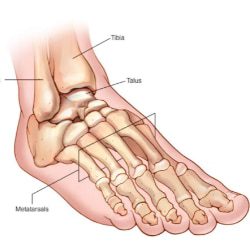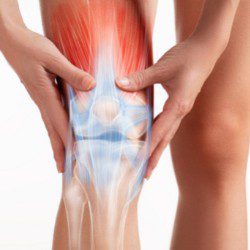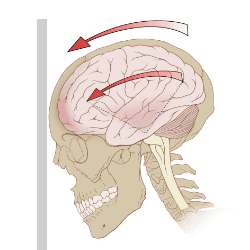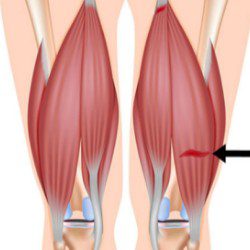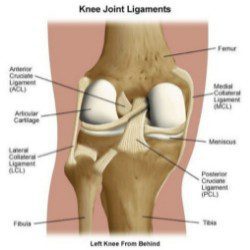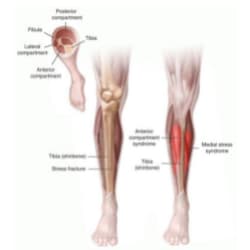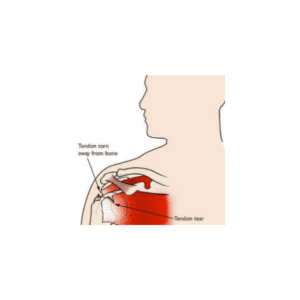 Rotator Cuff Strain
Rotator Cuff Strain
A rotator cuff strain is usually an overuse injury from repetitive motion such as throwing a football but can also occur from contact with another player or a fall.
There are four tendons that attach the muscles from the shoulder blade and ribs to the humerus. These tendons help to rotate the arm within its socket, while the sleeve of the tendons is called the rotator cuff.
Within the rotator cuff, there are many tendons moving inside of a tight space. If the shoulder is forced beyond its natural range of motion, these tendons are also forced outside their limits. And when they collide with the acromion or the ligament at the front of the shoulder, the friction is painful. It’s known as impingement syndrome, and the friction causes the rotator cuff to swell.
Common rotator cuff injuries include the following:
Rotator Cuff Tendonitis: When a single tendon is inflamed, there will be pain only during specific movements – which is when the muscle pulls against the tendon being used.
Rotator Cuff Tear: Tears of the rotator cuff occur from several different injuries. An inflamed rotator cuff due to overuse can lead to a tear. During sports, falls on an outstretched arm or collisions can crush the tendons. Reaching repetitively overhead, such as throwing a football, can also lead to a rotator cuff tear.
Shoulder Tendinitis: Shoulder bursitis and tendonitis cause shoulder pain and stiffness from inflammation. The inflammation can spread to the pocket of fluid which lubricates the rotator cuff tendons, causing bursitis. This shoulder pain typically worsens at night.
Identifying Symptoms & Getting Treatment
Because these injuries often occur due to trauma, it’s likely you’ll know about a shoulder injury immediately. However, there are cases where a shoulder injury goes unidentified and therefore, untreated. So if you’re dealing with any type of shoulder pain, especially if it gets worse at night or hurts as you raise your arm up or reach forward, it’s important to see a physician.
A physician will examine your arm and may perform an X-Ray to reach a diagnosis. Your treatment options will depend on the severity of the injury.
Non-surgical treatments: Non-surgical treatments include non-steroidal anti-inflammatory medication to reduce pain and swelling, and physical therapy, involving specific exercises to restore movement and strengthen the muscles surrounding your shoulder joint.
Surgical treatments: In more serious cases, surgery is necessary. The injury may either be at a point that it can only be treated by surgical intervention, or if your injury is not responding to non-surgical methods.
Preventing Shoulder Injuries During Football Season
Avoiding these common shoulder injuries isn’t always feasible in a contact sport like grassroots football, but there are preventative measures that athletes can take.
Wear protective equipment: Having protective equipment that fits properly is crucial in football. This plastic protecting absorbs shock from collisions, so your bones receive less impact. Without this equipment, it’s more likely that the bones will break.
Training: Jumping into a sport full time is never a good idea, as it’s a shock to your body. Gradually allow your body to adjust to the sport by easing into less strenuous practices and more relaxed preseason games. This will strengthen your shoulder muscles a little at a time while you’re throwing passes.
Sports injuries aren’t always preventable, but being prepared and informed can help.

